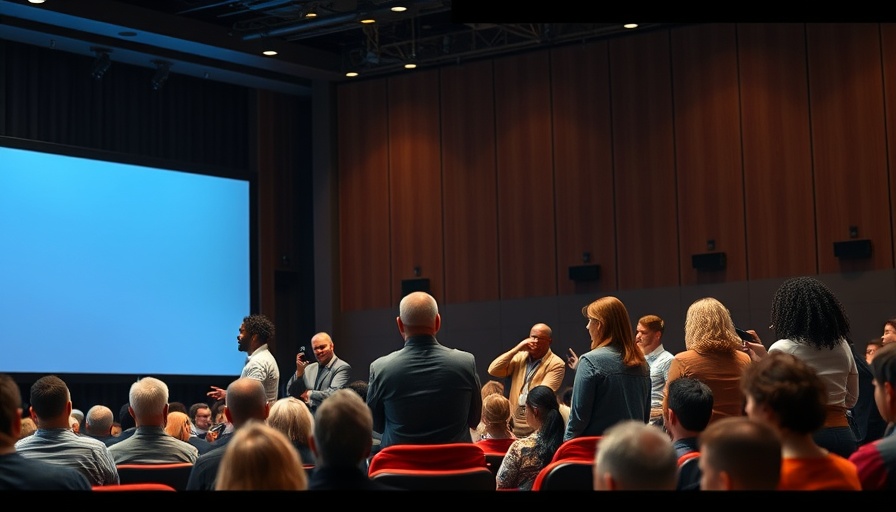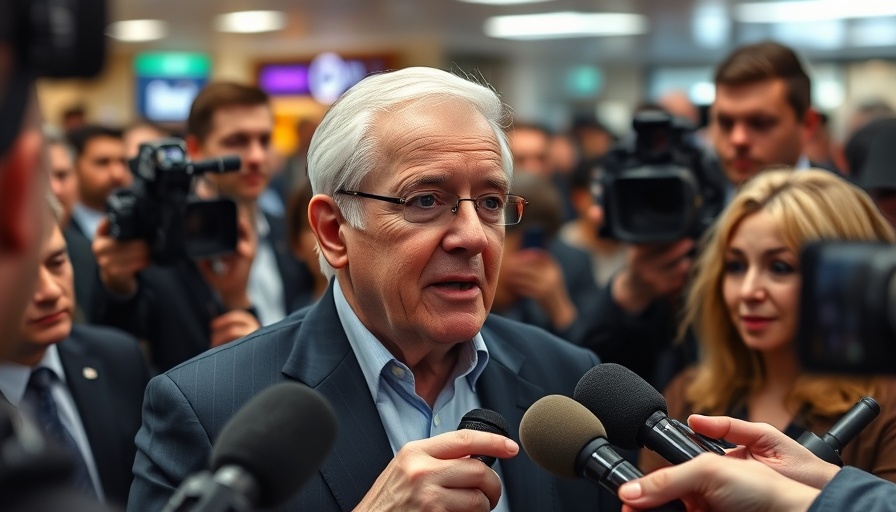
Building a strong community for storm resilience
As the frequency of hurricanes continues to threaten coastal regions, understanding the importance of community resilience becomes crucial. In Tampa Bay, local leaders have highlighted that recovery from such events often requires more than just government assistance; it hinges on neighbors helping neighbors. Community leaders emphasize that the bond between residents can significantly influence the pace and effectiveness of recovery efforts.
Local Heroes: Grassroots Support during Disasters
One of the standout stories from the recent hurricane recovery comes from Matt Thorn, who initiated the Relief Market and Grille from his home after Hurricane Helene. Thorn's grassroots efforts showcase how local initiatives can fill the gaps left by larger organizations. By fostering a sense of community, Thorn was able to mobilize resources and support that actively aided those in need during a critical time.
The Role of Organizations and Volunteer Groups
Local organizations such as Feeding Tampa Bay and the American Red Cross play a foundational role in disaster recovery. Their representatives, like Thomas Mantz, underscore the tremendous impact volunteers have in shaping effective responses. These groups often serve as networks, connecting those at risk with essential resources, be it food, shelter, or emotional support.
Actionable Insights for Community Preparedness
Communities looking to enhance their resilience should prioritize knowing their neighbors. Simple actions like organizing neighborhood meetings or participating in local volunteering can lay a robust foundation for support systems. Establish communication networks using platforms like 211 to ensure everyone stays informed and connected during crises.
 Add Row
Add Row  Add
Add 



Write A Comment